Orange Tree
- November 30, 2023
- 0 comment
The “Orange Tree” is a remarkable and cherished botanical entity that symbolizes vitality, warmth, and natural beauty. Known for its lush green foliage and, of course, the vibrant orange fruits it bears, this tree is an iconic presence in many landscapes.

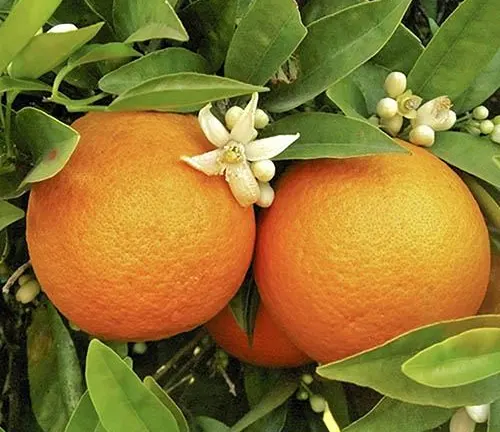
With a rich history steeped in cultural significance, the orange tree has become more than just a bearer of delicious citrus. It serves as a source of inspiration, evoking a sense of freshness and vitality. The tree’s fragrant blossoms, which transform into citrus gems, add an aromatic touch to gardens and orchards.
Beyond its aesthetic appeal, the orange tree has played a role in agriculture, contributing to the cultivation of oranges that are enjoyed worldwide. This enduring symbol of abundance and rejuvenation not only graces orchards but also finds its way into art, literature, and folklore, making the orange tree a captivating and enduring emblem of natural splendor.
| Characteristic | Description |
|---|---|
| Species | Citrus sinensis |
| Height | Varies, typically 8 to 25 feet (2.4 to 7.6 meters) |
| Foliage | Evergreen, glossy green leaves |
| Fruit Type | Citrus, spherical oranges |
| Fruit Color | Typically orange, but varieties may vary |
| Blossoms | Fragrant white flowers |
| Climate | Thrives in subtropical to tropical climates |
| Soil Type | Well-draining soil |
| Sun Exposure | Full sun |
| Watering | Regular, moderate watering |
| Uses | Ornamental, fruit production |
| Cultural Significance | Symbol of abundance and good fortune |
Botanical Beauty of the ‘Orange Tree‘
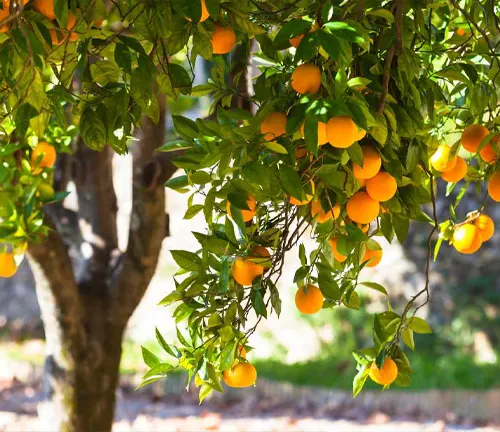
The Orange Tree, scientifically known as Citrus sinensis, stands as a botanical marvel that captivates with its sheer beauty and elegance. This evergreen tree boasts lush, glossy green leaves that form a canopy of woodland charm. Its aesthetic appeal is heightened during the blooming season when fragrant white flowers grace the branches, promising the forthcoming bounty of oranges. Beyond its practical uses, the orange tree serves as a testament to the intricate beauty that nature effortlessly weaves.
Woodland Elegance
The allure of the orange tree extends beyond its functional aspects to embody woodland elegance. Whether standing tall in orchards or gracing backyard gardens, the tree adds a touch of sophistication with its vibrant green foliage and symmetrical structure. Its presence transforms outdoor spaces, creating a serene and visually pleasing environment that resonates with the splendor of nature.
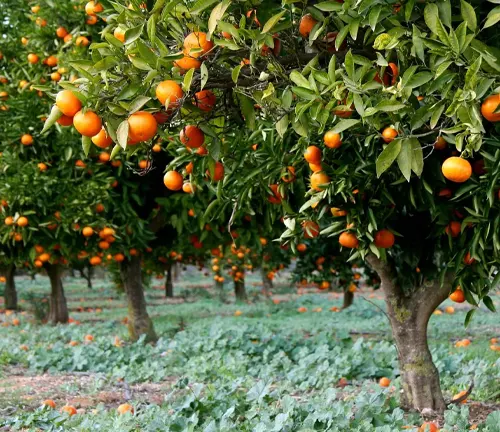
Ecological Importance

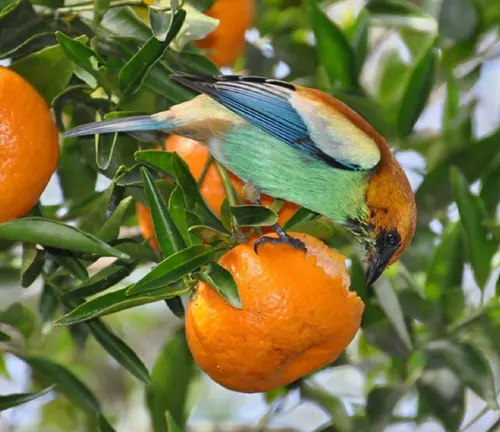
In the realm of ecology, the orange tree plays a vital role. As a source of food and habitat for various insects and birds, it contributes to the intricate web of biodiversity. The tree’s ability to attract pollinators during its flowering stage further enhances its ecological importance, fostering a balance in the surrounding ecosystem.
Cultivation and Conservation
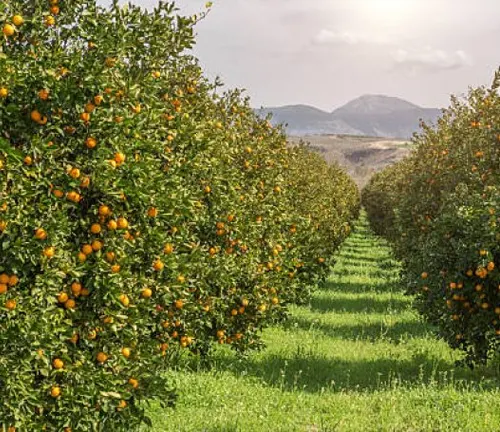
Cultivating the orange tree is an age-old practice, deeply intertwined with agriculture and horticulture. From backyard orchards to expansive groves, the cultivation of orange trees has been instrumental in providing a global supply of citrus fruits. As we celebrate its bounty, there is also a growing awareness of the need for conservation. Preserving the genetic diversity of orange tree varieties becomes crucial in ensuring the longevity of this cherished species.
Fragrance
One cannot overlook the enchanting fragrance that emanates from the orange tree, particularly when it is in full bloom. The sweet and citrusy aroma of its blossoms fills the air, creating a sensory experience that adds an olfactory dimension to the tree’s overall appeal. This aromatic quality further establishes the orange tree as a sensory delight in gardens and orchards.
Soil Stabilization
Beyond its aesthetic and olfactory contributions, the orange tree also plays a role in soil stabilization. The extensive root system of the tree helps prevent soil erosion, making it a valuable asset in landscapes prone to shifting soil. This feature adds an ecological dimension to the tree’s contributions, showcasing its ability to enhance the stability of the environment it inhabits.

Common Uses

The orange tree’s versatility extends to its common uses, ranging from ornamental landscaping to its primary purpose—fruit production. Whether adorning urban parks or providing shade in agricultural fields, the orange tree is a multifaceted species that seamlessly integrates into various settings. Its adaptability to different climates and landscapes underscores its widespread appeal.
Benefits
The benefits of the orange tree are as diverse as its applications. From the nutritional value of its fruits, rich in Vitamin C, to its contribution to the agricultural economy, the tree holds immense significance. Additionally, the beauty it adds to the natural and cultivated landscapes enhances the overall well-being of ecosystems and communities.
Different Species
Citrus sinensis
(Sweet Orange)
This is the most common species cultivated for sweet oranges. Varieties include Navel, Valencia, and Blood Orange, each with distinct flavors and uses.
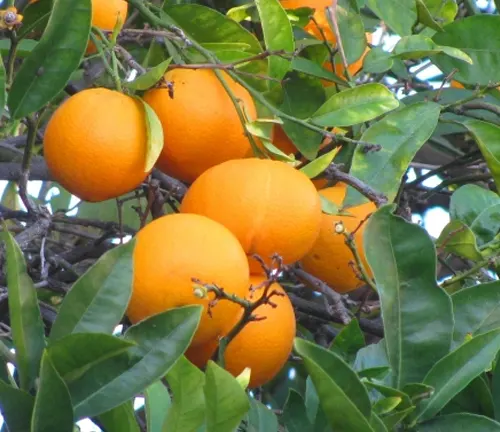
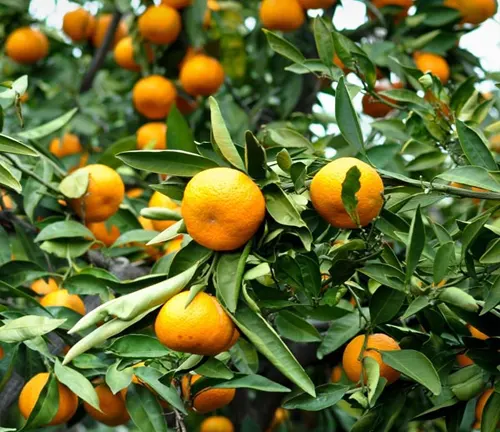
Citrus reticulata
(Mandarin Orange)
Mandarins are known for their loose, easily peelable skin and sweet taste. Popular varieties include Clementine, Satsuma, and Tangerine.
Citrus aurantium
(Bitter Orange)
While not typically consumed as fresh fruit due to its bitter taste, bitter oranges are used to make marmalade and in the production of essential oils.
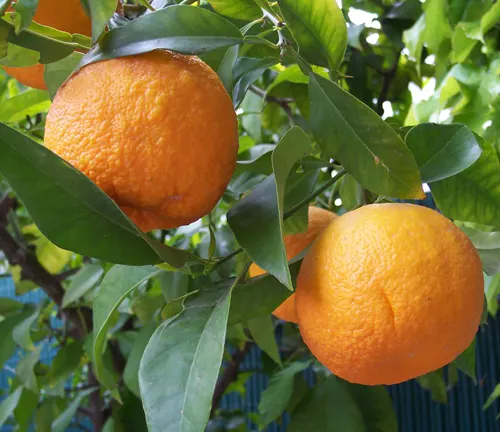
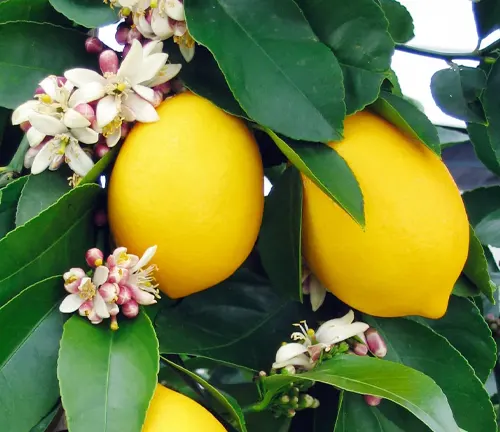
Citrus limon
(Lemon)
While not an orange per se, lemons are closely related. They are known for their tart flavor and are widely used in culinary applications and for their juice.
Citrus paradisi
(Grapefruit)
Grapefruits are known for their semi-sweet to bitter taste. Varieties include Ruby Red, White, and Pink, with varying levels of sweetness.


Citrus maxima
(Pomelo)
The largest citrus fruit, pomelos have a sweet and mild flavor. They are the ancestors of the grapefruit and are popular in Asian cuisine.
Citrus tangelo
(Tangelo)
A hybrid of tangerine and grapefruit or pomelo, tangelos offer a unique blend of sweet and tart flavors. The Honeybell is a well-known variety.
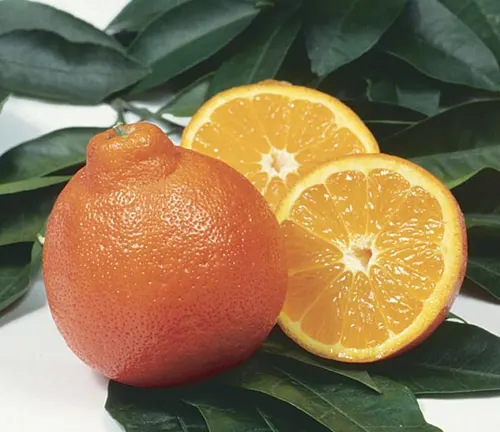
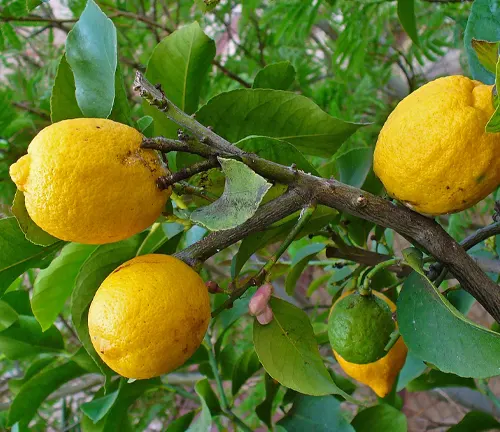
Citrus medica
(Citron)
Citron is a large, fragrant citrus fruit with a thick rind. It is often used in religious rituals and as a flavoring agent.
Citrus bergamia
(Bergamot Orange)
This orange variety is best known for the peel, which is used to extract bergamot essential oil. It is commonly used in perfumes and Earl Grey tea.
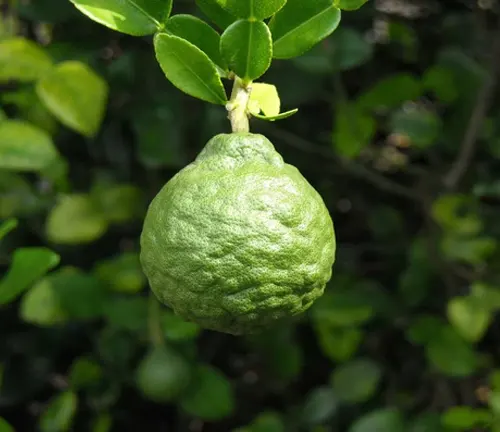
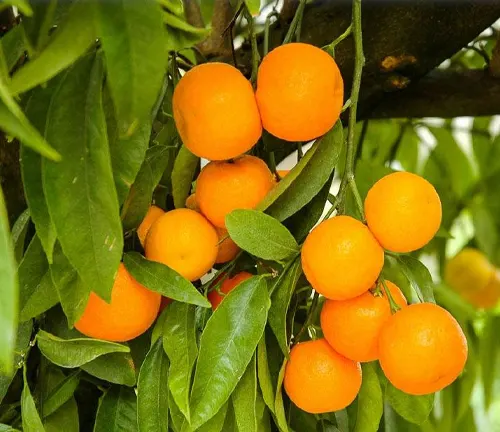
Citrus clementina
(Clementine)
A type of mandarin orange, clementines are small, sweet, and easy to peel. They are popular as a snack and in salads.
Frequently Asked Questions (FAQs)
1. How tall do orange trees typically grow?
Orange trees can vary in height depending on the specific variety and environmental conditions. On average, they range from 8 to 25 feet (2.4 to 7.6 meters).
2. What is the lifespan of an orange tree?
Orange trees can live for several decades under favorable growing conditions. Some may continue producing fruit for 50 years or more.
3. When is the best time to plant an orange tree?
The ideal time to plant an orange tree is in late winter to early spring when the soil is well-drained and temperatures are mild.
4. How much sunlight does an orange tree need?
Orange trees thrive in full sunlight. They typically require at least 8 hours of direct sunlight per day for optimal growth and fruit production.
5. How often should I water my orange tree?
Orange trees prefer regular, moderate watering. The frequency depends on factors such as soil type, climate, and the tree’s age. It’s important not to overwater.
6. What type of soil is best for orange trees?
Orange trees prefer well-draining soil. A slightly acidic to neutral pH soil is generally suitable for their cultivation.
7. How do I care for an orange tree during the winter months?
Protect orange trees from frost during winter by covering them with blankets or using frost cloth. Potted trees can be moved to sheltered areas.
8. When is the harvesting season for oranges?
The harvesting season for oranges varies depending on the specific variety. Generally, oranges are harvested in late fall to early spring.
9. What are common pests and diseases that affect orange trees?
Common pests include aphids, mites, and citrus leafminers. Diseases may include citrus canker and various fungal infections. Regular monitoring and proper care can help prevent these issues.
10. How do I propagate an orange tree?
Orange trees can be propagated through seeds, grafting, or cuttings. Grafting is the most common method for preserving desirable traits in cultivated varieties.
11. Can I grow an orange tree in a container?
Yes, certain dwarf and semi-dwarf varieties are well-suited for container gardening. Ensure the container has proper drainage, and use a citrus-specific potting mix.
12. Are there any cultural or symbolic meanings associated with orange trees?
Yes, orange trees are often symbols of abundance, good fortune, and vitality in various cultures. They are sometimes planted for their cultural significance and positive symbolism.




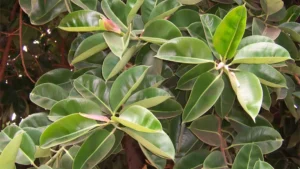
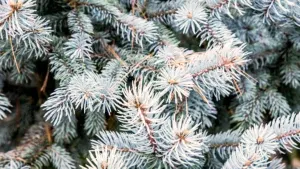
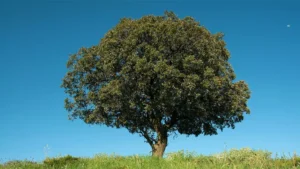
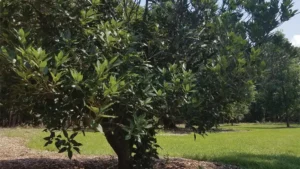
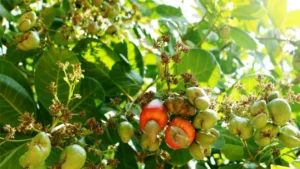



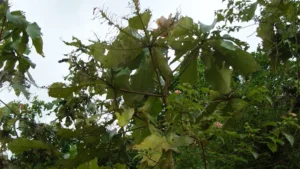

Leave your comment